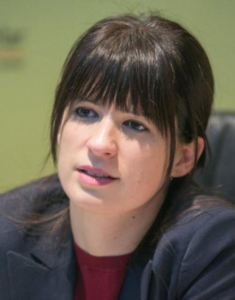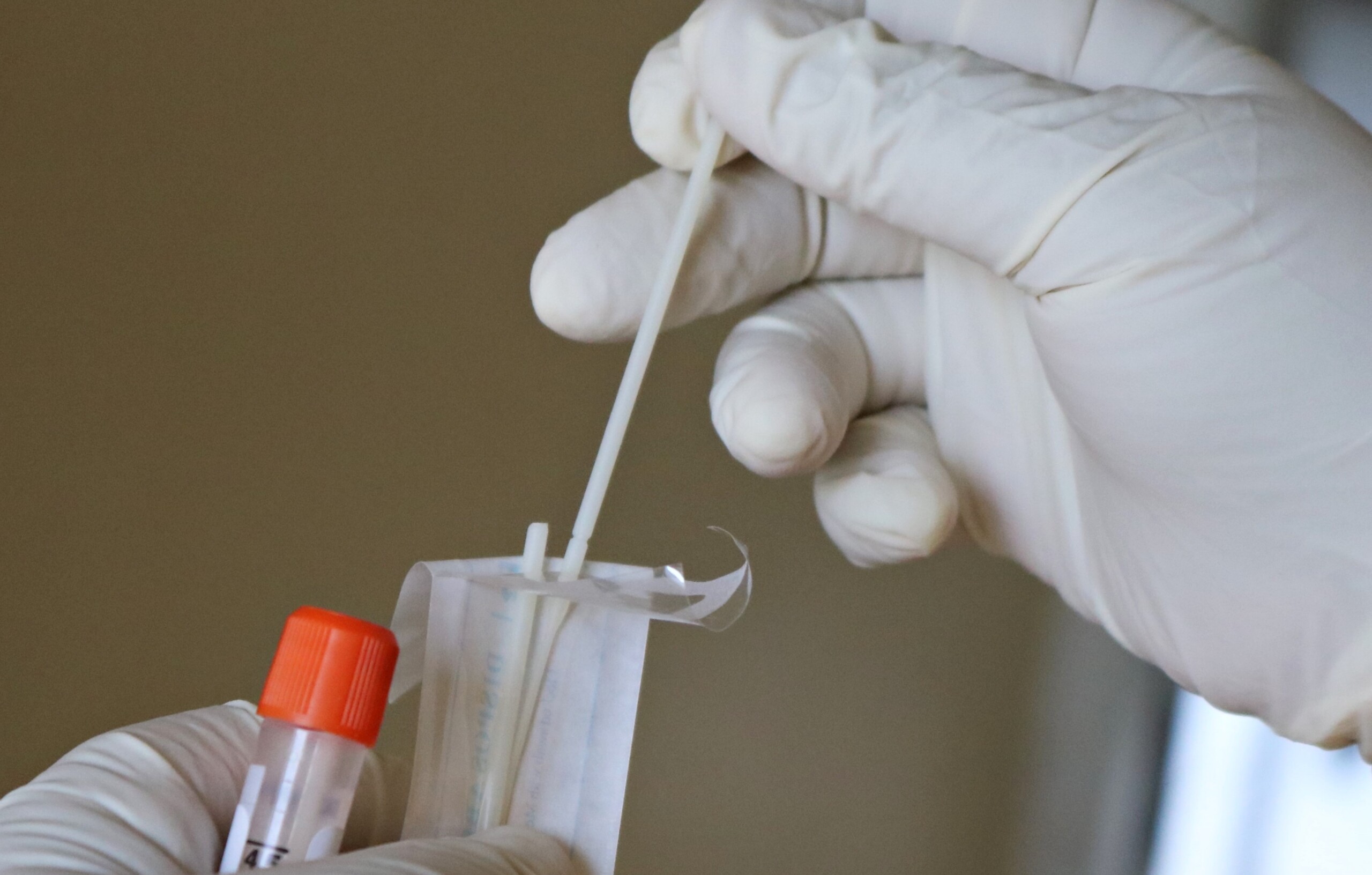The Public Health Institute (PHI) has spent over 240 thousand euros on Covid sample testing in Germany, which would have been enough to procure the necessary equipment to significantly increase testing capabilities in Montenegro and provider for at least two laboratories.

Writen by: Dr Milena Popovic Samardzic
At the time of writing, Monday, November 16th, there are 9.516 confirmed active Covid-19 cases in Montenegro. The total number of confirmed Covid patients since the beginning of the pandemic is 27,773, and there have been 396 Covid-related deaths. I say confirmed cases as not all household members are tested, and often neither are those with only mild symptoms. And if we add contacts to that number, the overall number we are left with is probably over 100,000.
How did it all begin?
The government and officials’ response from the beginning of the Covid-19 pandemic in Montenegro drastically differs to the response to the second wave, which hit mid-June. Initialy, strict implementation of self-isolation, and contact tracing formed a strategy which yielded results. Despite relatively low testing capabilities, general respect for all guidelines, fear and uncertainty were all allies in the battle against the epidemic. The first wave, however, didn’t escape controversy. There were some illogical measures in place for a long time – for example, married couples could not take a walk outside together, whilst sharing a living space and a bed; a single mother could not take two minor children for a walk at the same time, only one; people had to wear a mask outdoors, but not inside a restaurant. These unreasonable measures have created a lack of trust, and a need to question even those measures which did serve a logical purpose. At the time, around 1,800 citizens were prosecuted in court for not following the preventative measures, breaking self isolation or being outdoors during ‘curfew’. Double standards and inconsistencies during the second wave of the pandemic have compromised the healthcare workers’ efforts to establish a relationship of trust with the citizens and put the pandemic under control.
A sharp rise in the number of cases is expected and is a result of many mass gatherings before the election, and after the election, a large number of people in indoor hospitality venues, gyms, casinos… Local government did not help the hospitality sector by relieving them of tax, or providing stimuli to continue working on an outdoors basis. Instead, hospitality venues were still open mostly indoors even during the summer, and at the time of the pandemic.
We have missed the opportunity to increase the staffing capacity of the PCR laboratory in the Public Health Institute, to procure more machines for PCR diagnosis, despite the National Coordination Body for Communicable Diseases having enough funds on their bank account to do so. The money was spent irrationally. Non-governmental organisation MANS claims that according to their research, the Public Health Institute (PHI) has spent over 240 thousand euros on Covid sample testing in Germany, which would have been enough to procure the necessary equipment to significantly increase testing capabilities in Montenegro and provider for at least two laboratories. By September, the entire diagnostics at the PHI were relying on three experts, and in September one of them quit.
In September, when significantly fewer measures were in place, the infection rate rose by 74% in only 26 days, and the mortality rate rose by 54%. The number of newly confirmed cases was, for example, only 36 on August 22nd, and on September 17th it was 212. In the period from 6th of October to the 1st of November, the death rate increased by 66.5%. For comparison, it rose by only 10% in Great Britain, and by less than 1% in Sweden.
This data is important in order to reevaluate the effects of preventative measures implemented, and prepare for any upcoming ones.
Dr Milena Popovic Samardzic, epidemiologist, Alumna of the Medical University in Podgorica, specialised in epidemiology at the Medical University in Belgrade, and completed her doctorate in Podgorica. She is head of the hospital epidemiology unit in the Danilo I Hospital. President of Montenegro’s Doctors’ Union.



Leave A Comment